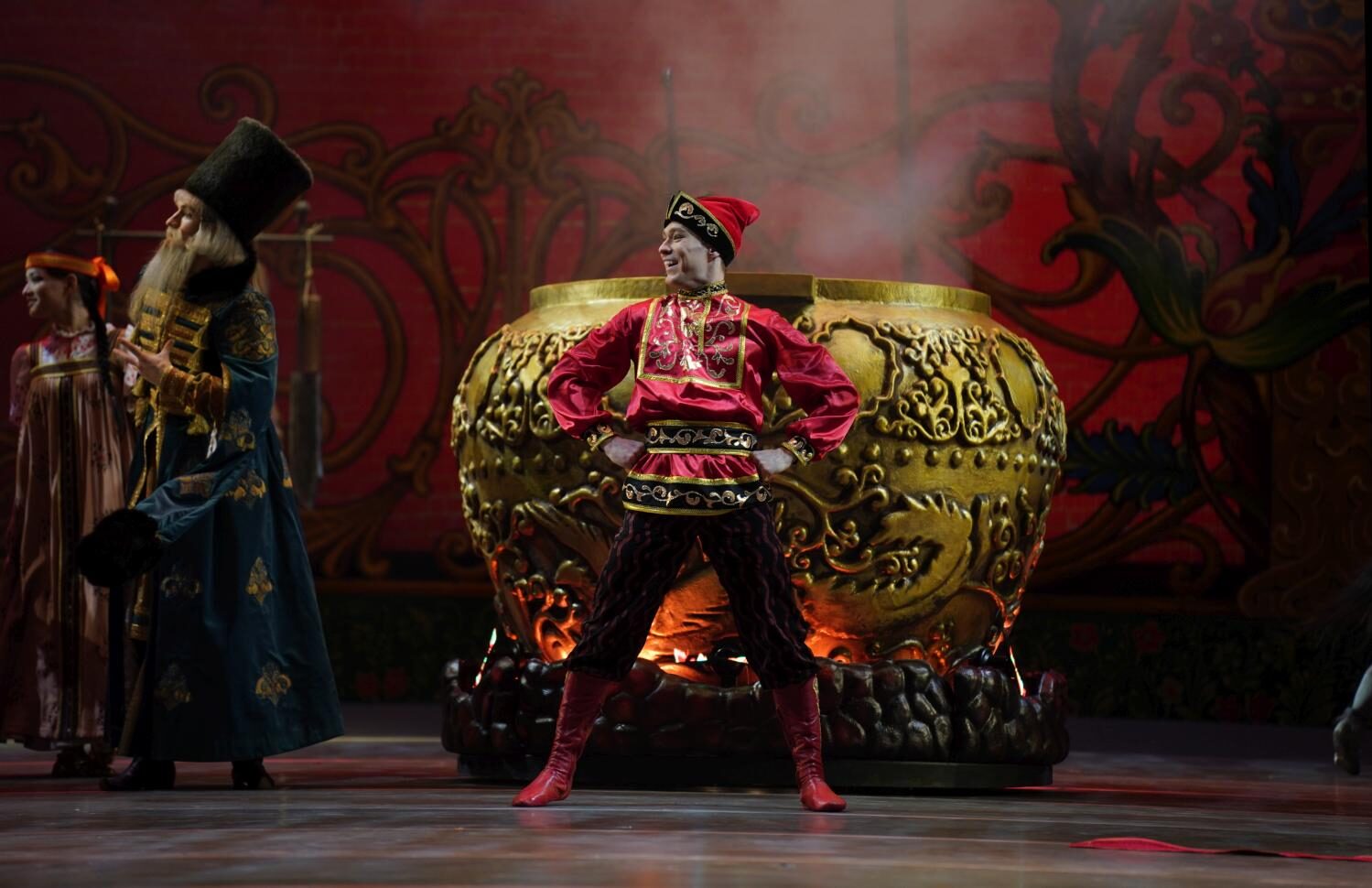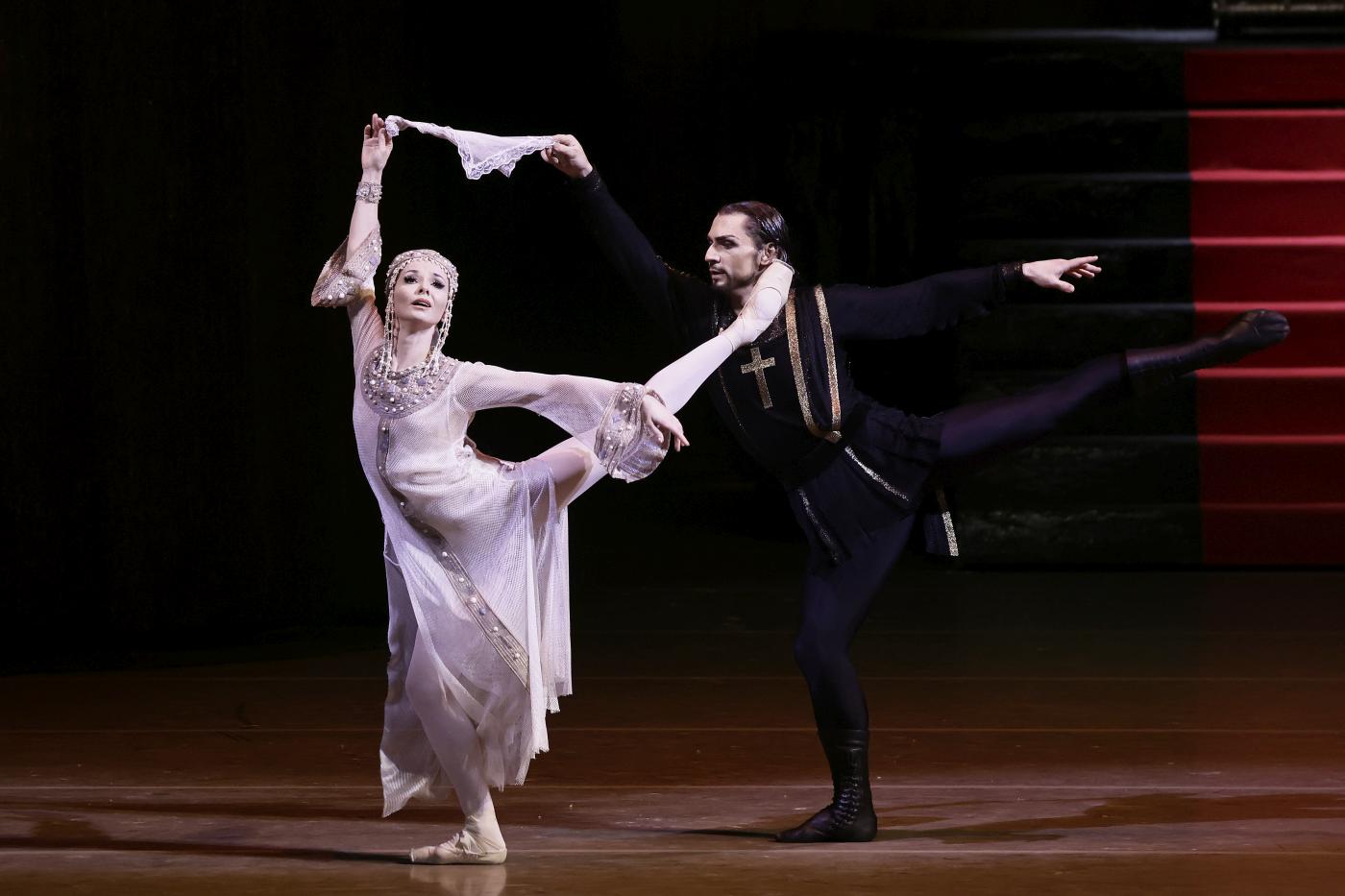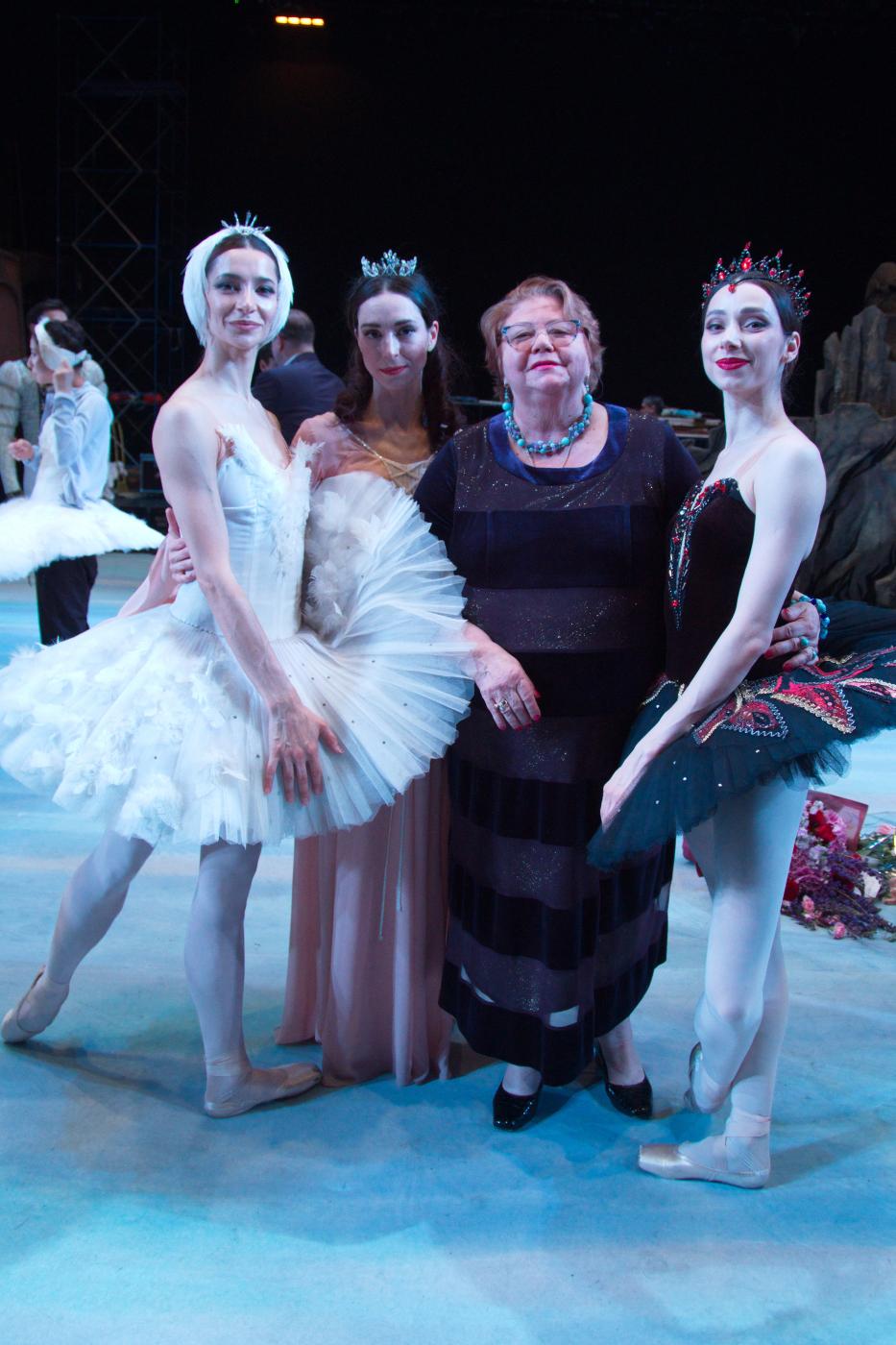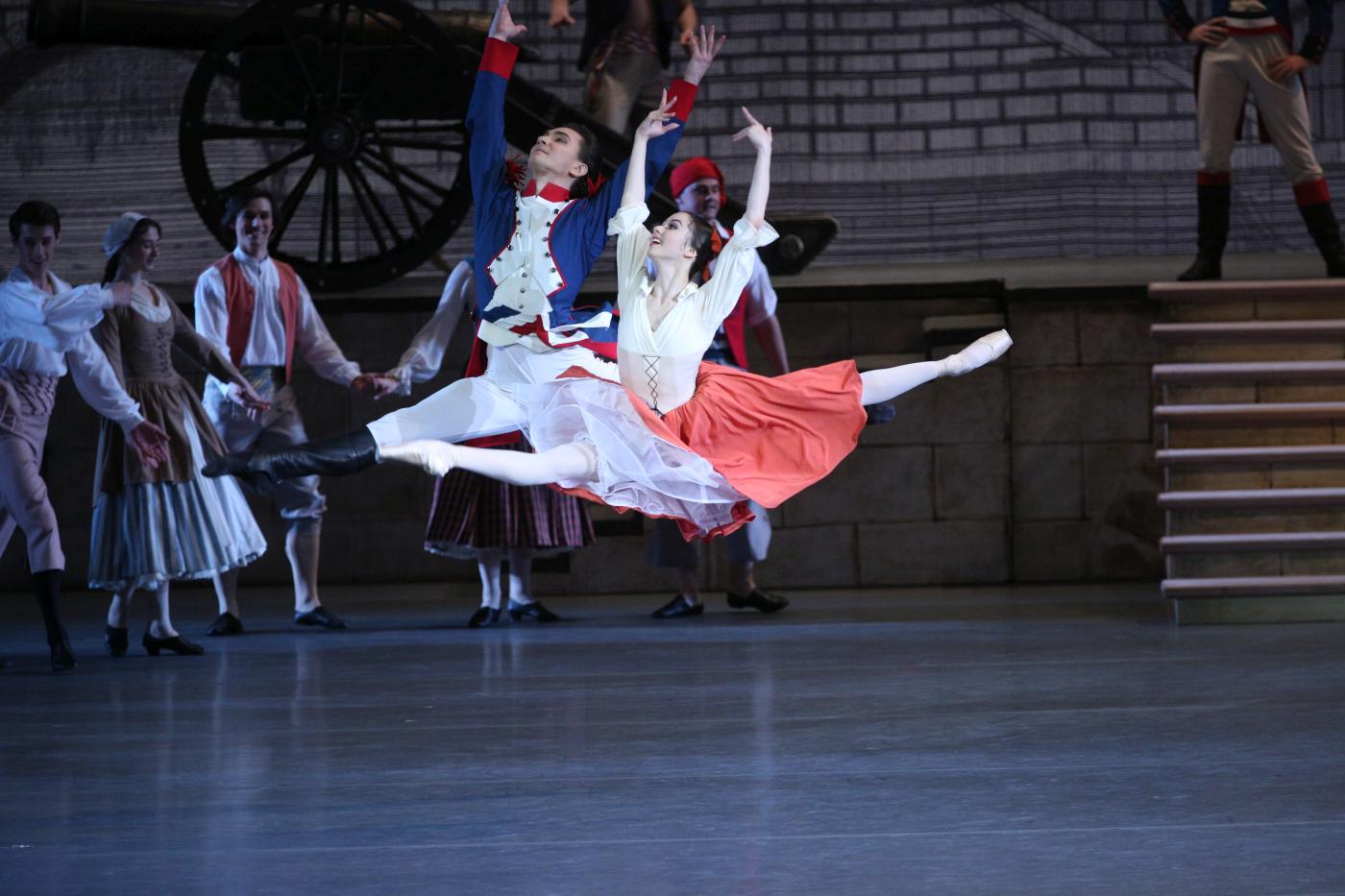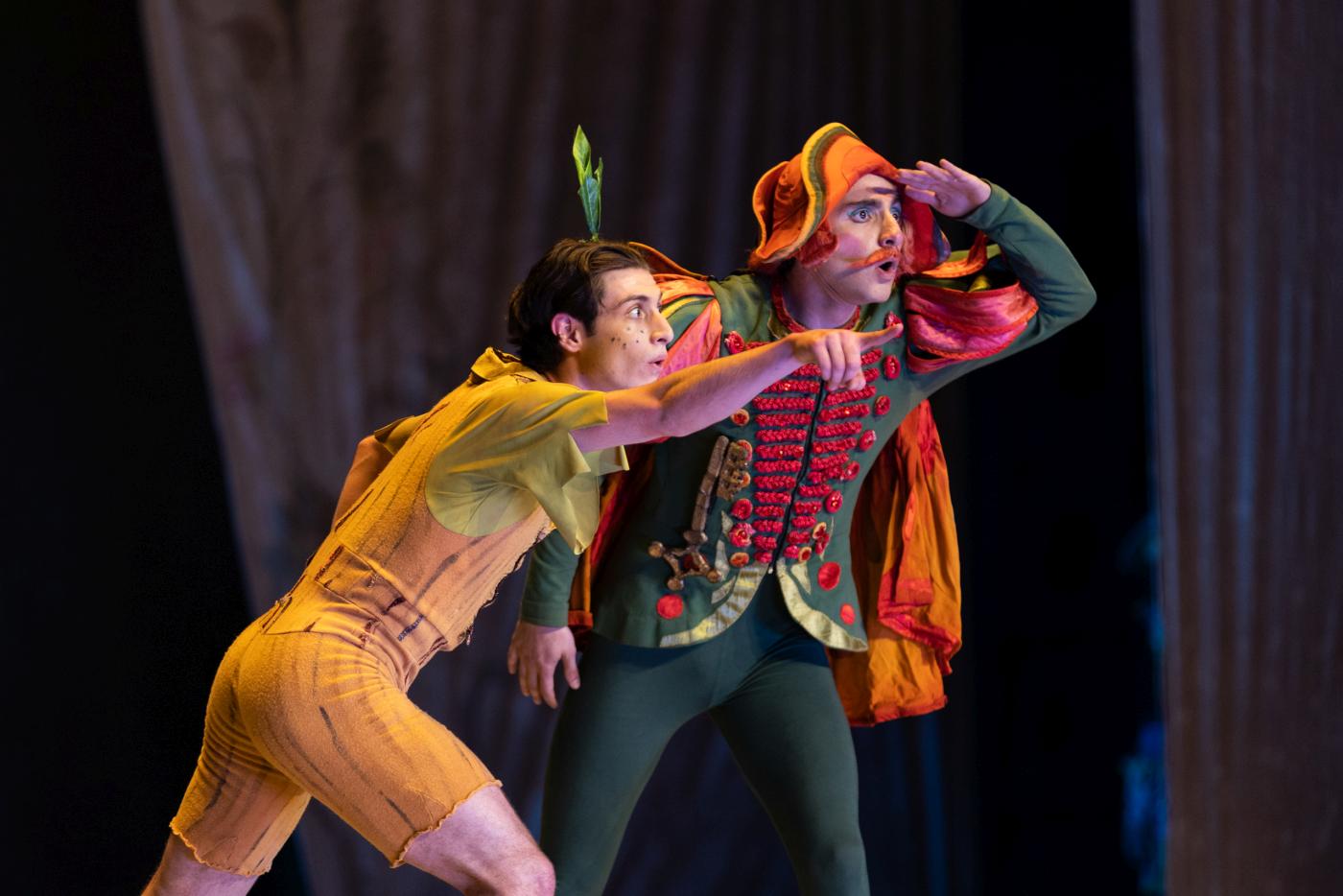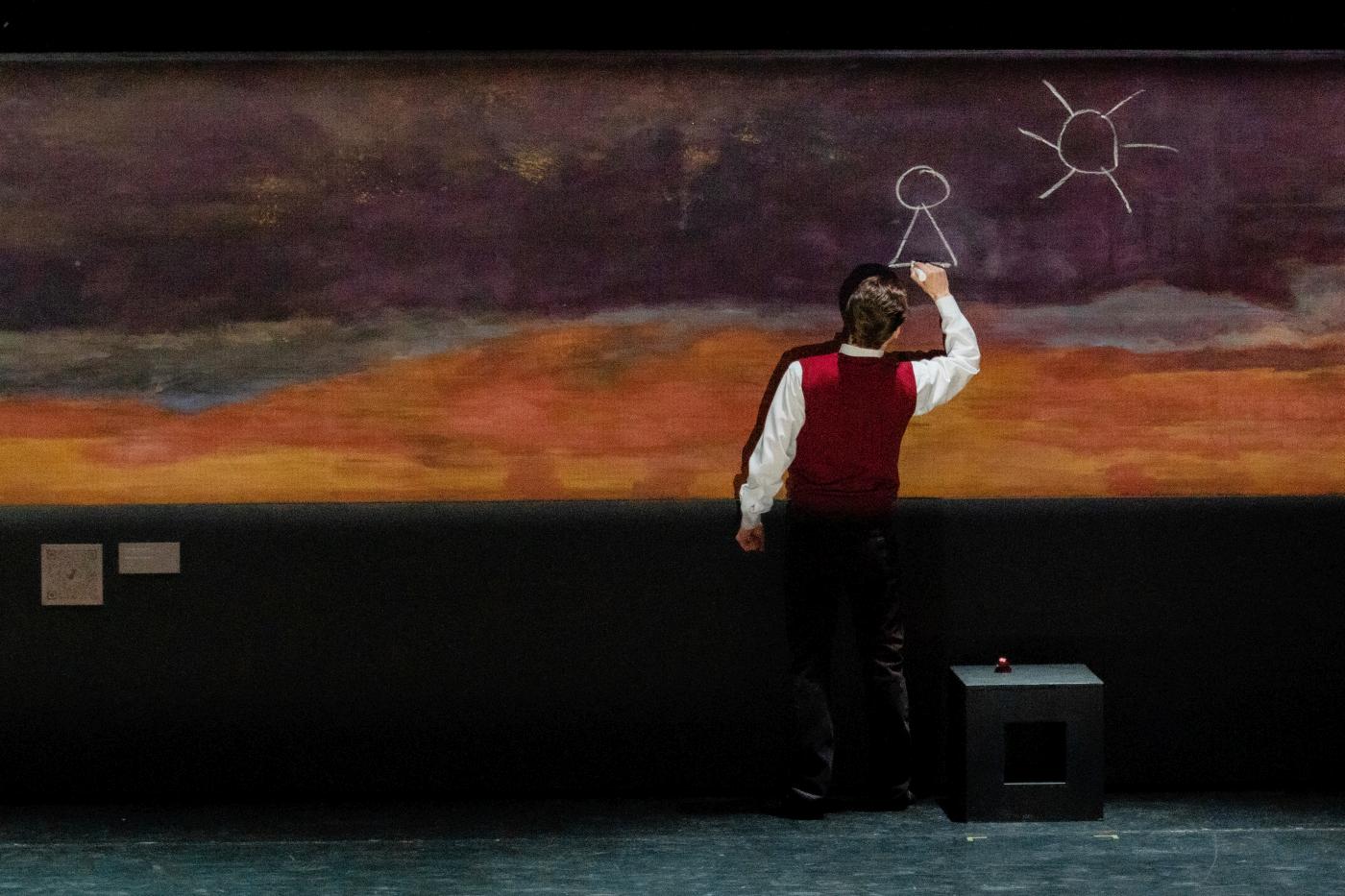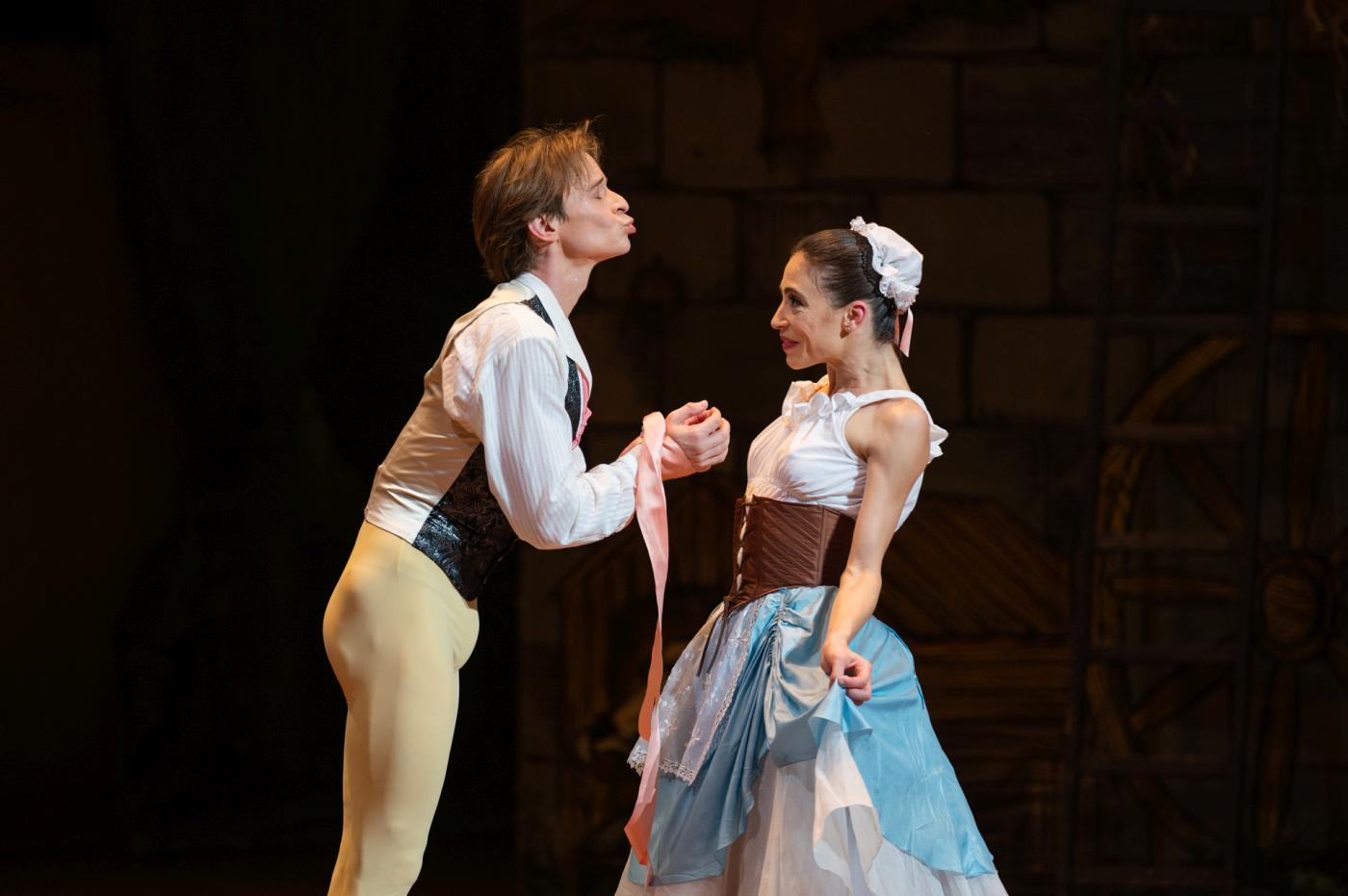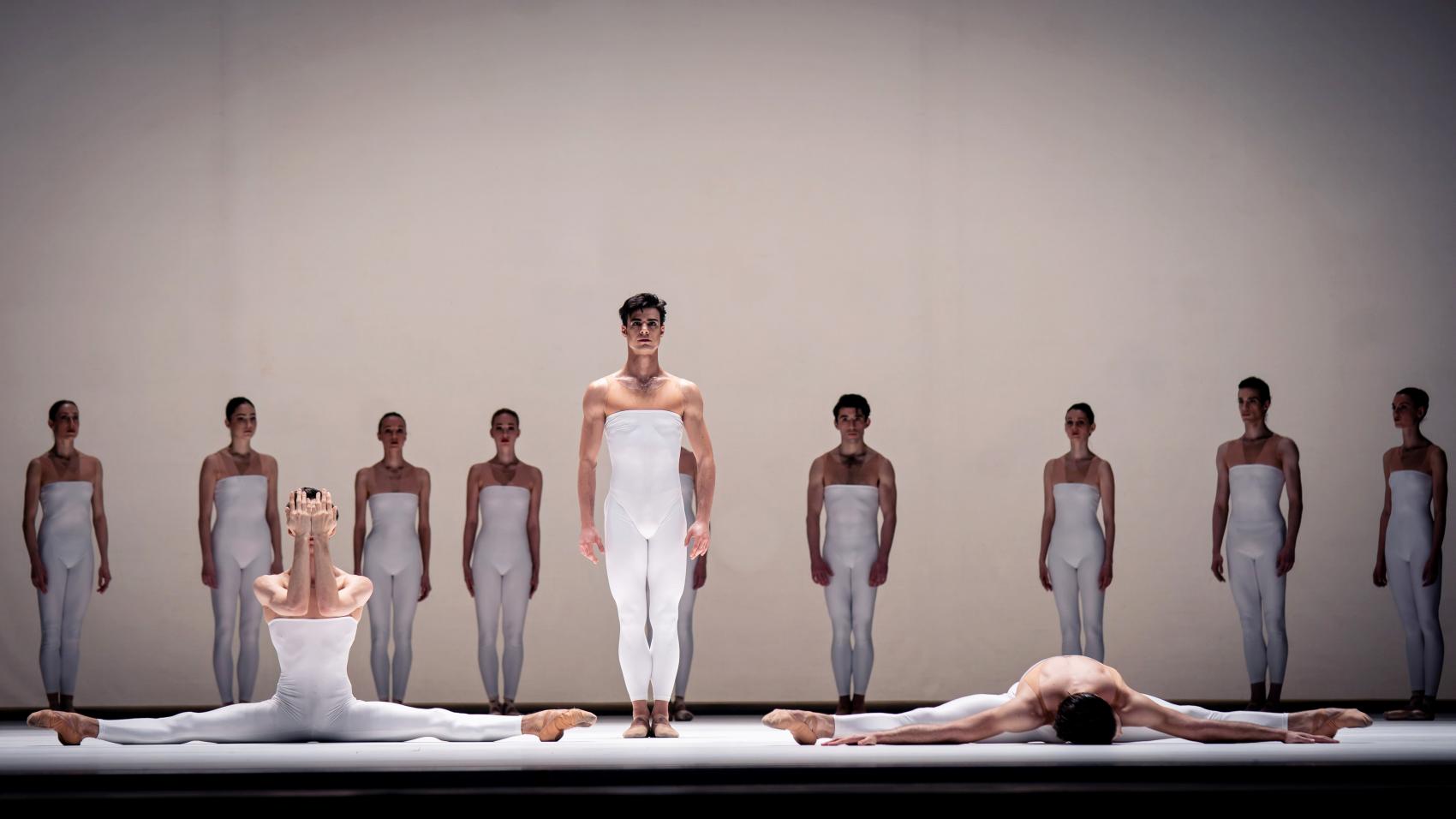Choreographer Nominees for the Prix Benois 2023
Prix Benois de la Danse
Li Jun / Maša Kolar / Wayne McGregor / Vyacheslav Samodurov
Bolshoi Theatre
Moscow, Russia
June 15, 2023
by Ilona Landgraf
Copyright © 2023 by Ilona Landgraf
On June 20th, the Bolshoi Theatre hosts the annual Prix Benois ceremony, followed by a gala on June 21st. Prizes will be awarded for the best choreographer, and the best female and male dancers. Mikhail Lavrovsky will be honored for his lifetime achievement.
Four choreographers are competing this year:
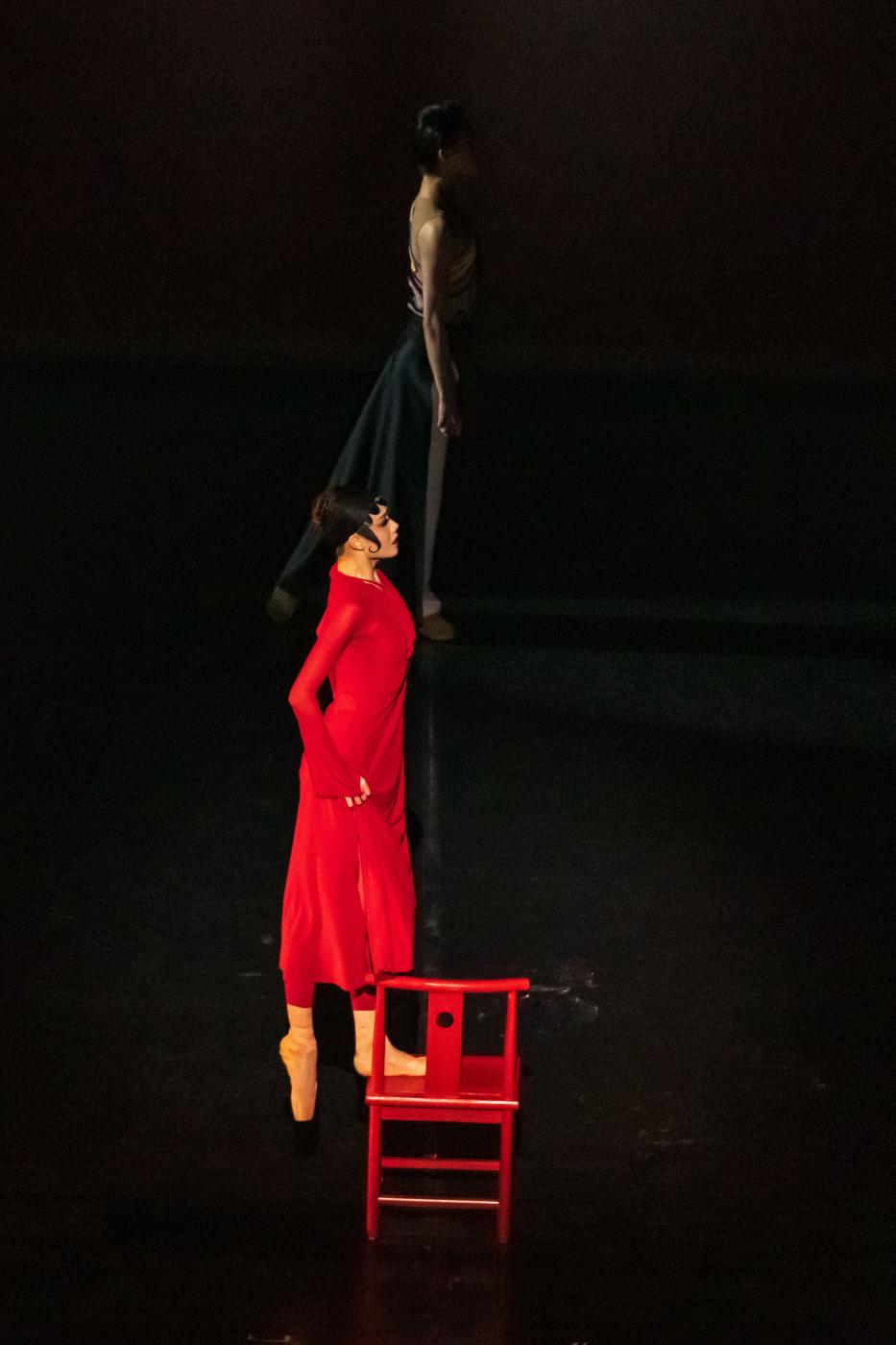
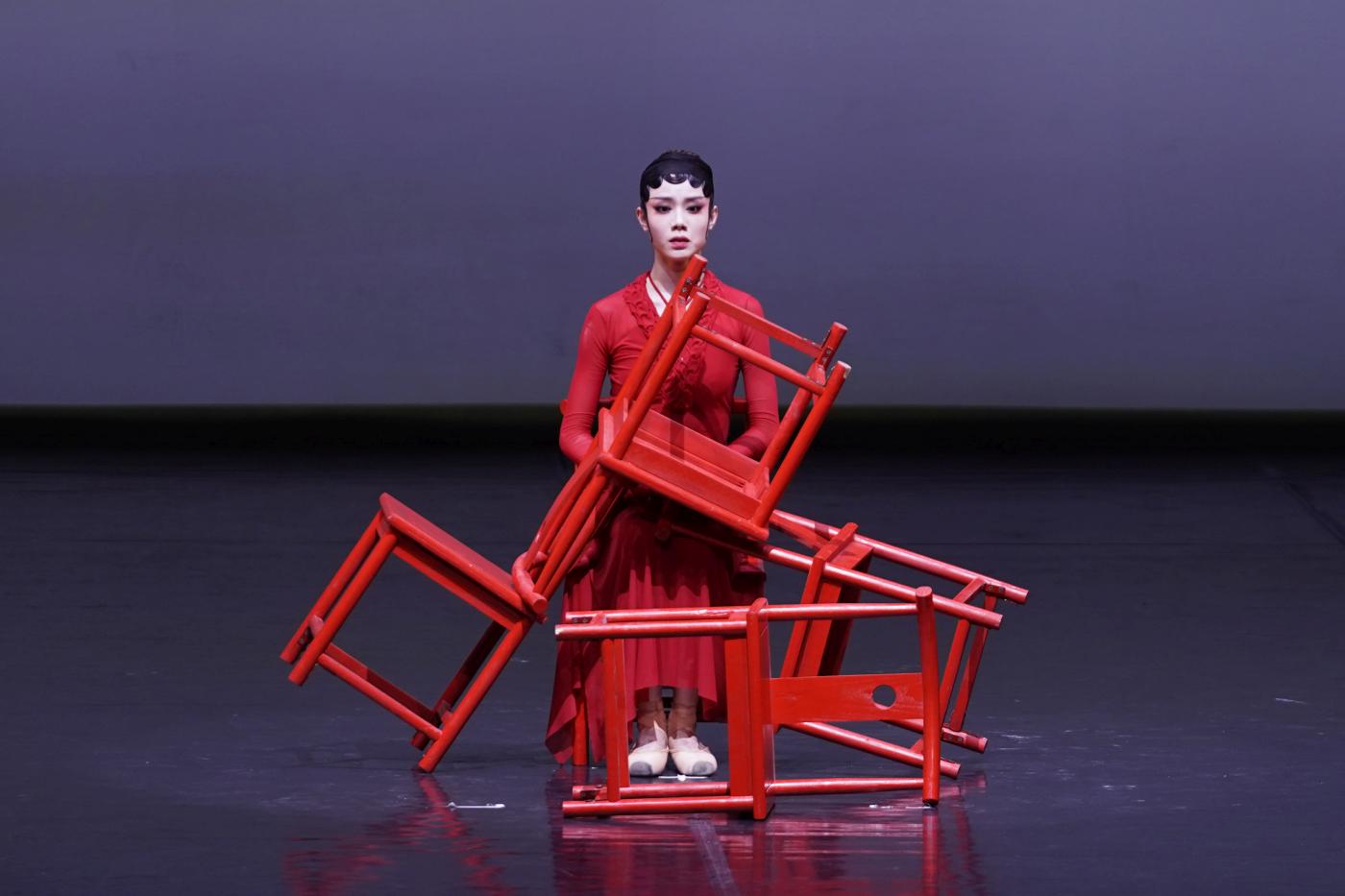 Li Jun, dancer-choreographer of the National Ballet of China, is nominated for “Where to Pour All My Love?”, a twenty-minute piece set to music by Zhao Jiping. It premiered at the company’s 12th ballet workshop in April 2022. Jun’s source of inspiration was the Chinese multi-episode TV drama “Da Zhai Men” (Grand Mansion Gate) which traces the history of a Beijing-based family from the late Qing Dynasty (1644 – 1911) to World War II. “Where to Pour All My Love?” focuses on Bai Yuting – one member of this family – whose love for Peking Opera gets out of control. (more…)
Li Jun, dancer-choreographer of the National Ballet of China, is nominated for “Where to Pour All My Love?”, a twenty-minute piece set to music by Zhao Jiping. It premiered at the company’s 12th ballet workshop in April 2022. Jun’s source of inspiration was the Chinese multi-episode TV drama “Da Zhai Men” (Grand Mansion Gate) which traces the history of a Beijing-based family from the late Qing Dynasty (1644 – 1911) to World War II. “Where to Pour All My Love?” focuses on Bai Yuting – one member of this family – whose love for Peking Opera gets out of control. (more…)
